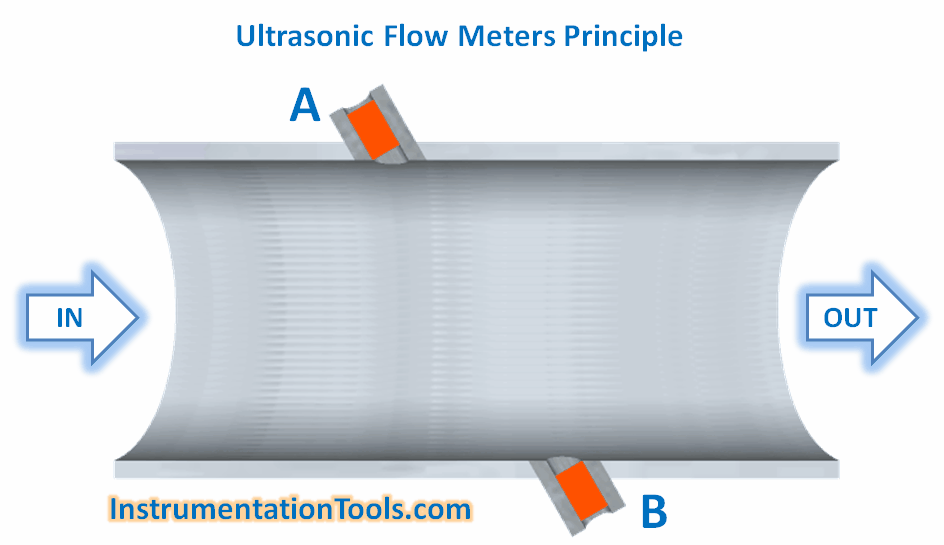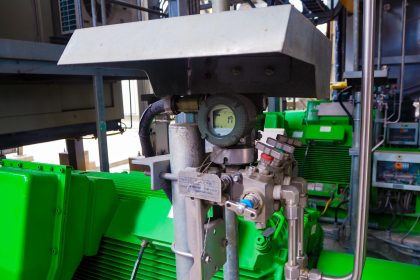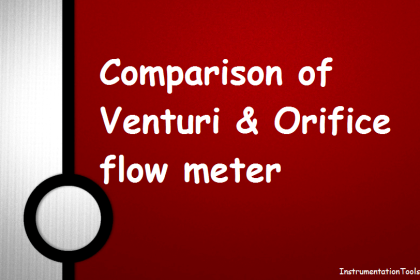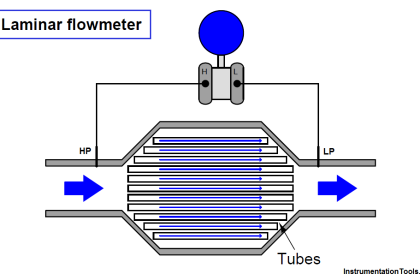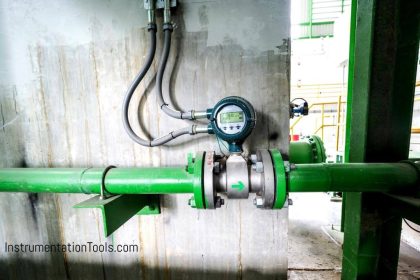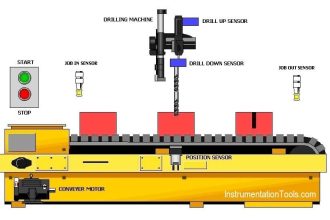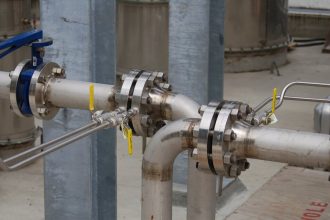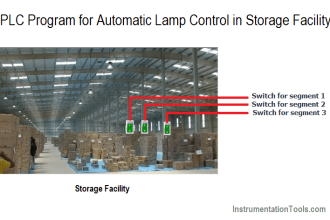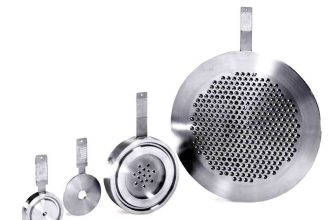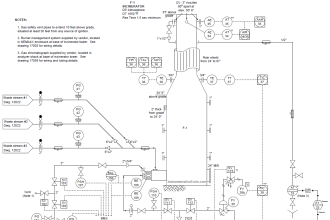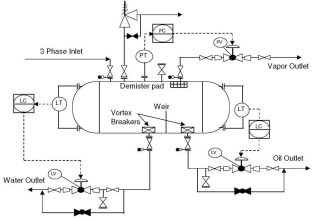Custody transfer is the financial handshake between a seller and a buyer: every kilogram (or barrel, litre, or standard cubic metre) that changes hands becomes a line on somebody’s invoice. A single-digit error can swing millions of dollars, and regulators insist that measurements be traceable, transparent, and tamper-proof.
Mass flowmeters are attractive for liquid custody measurement because they deliver direct mass, compensate for density and temperature in real time, and have no moving parts to wear out. But accuracy on paper does not guarantee accuracy in the field; that is why auditors walk down each skid with a checklist.
This article gives you a field-proven checklist, expanded from API MPMS 5.6, API 21.1, OIML R117, and typical mid-stream contracts, to make sure a mass-flowmeter-based custody system is ready for inspection or dispute resolution.
Why Use a Formal Checklist?
| Reason | What It Prevents |
|---|---|
| Consistency | Different inspectors focus on the same points; no “I thought someone else checked that”. |
| Compliance evidence | Signed checklists satisfy API / OIML / legal-metrology auditors. |
| Early fault finding | Small issues (loose shield, outdated certificate) fixed before they inflate to metering bias. |
| Knowledge capture | New engineers learn what “good” looks like, reducing tribal-knowledge risk. |
Structured Walk-Down: 80-Point Checklist
How to use:
- Print or load on a tablet.
- Fill the Status column with OK / NOT OK / NA.
- Add brief evidence or photo reference in Remarks.
- Sign and archive with the job pack.
Custody Transfer Meters Checklist
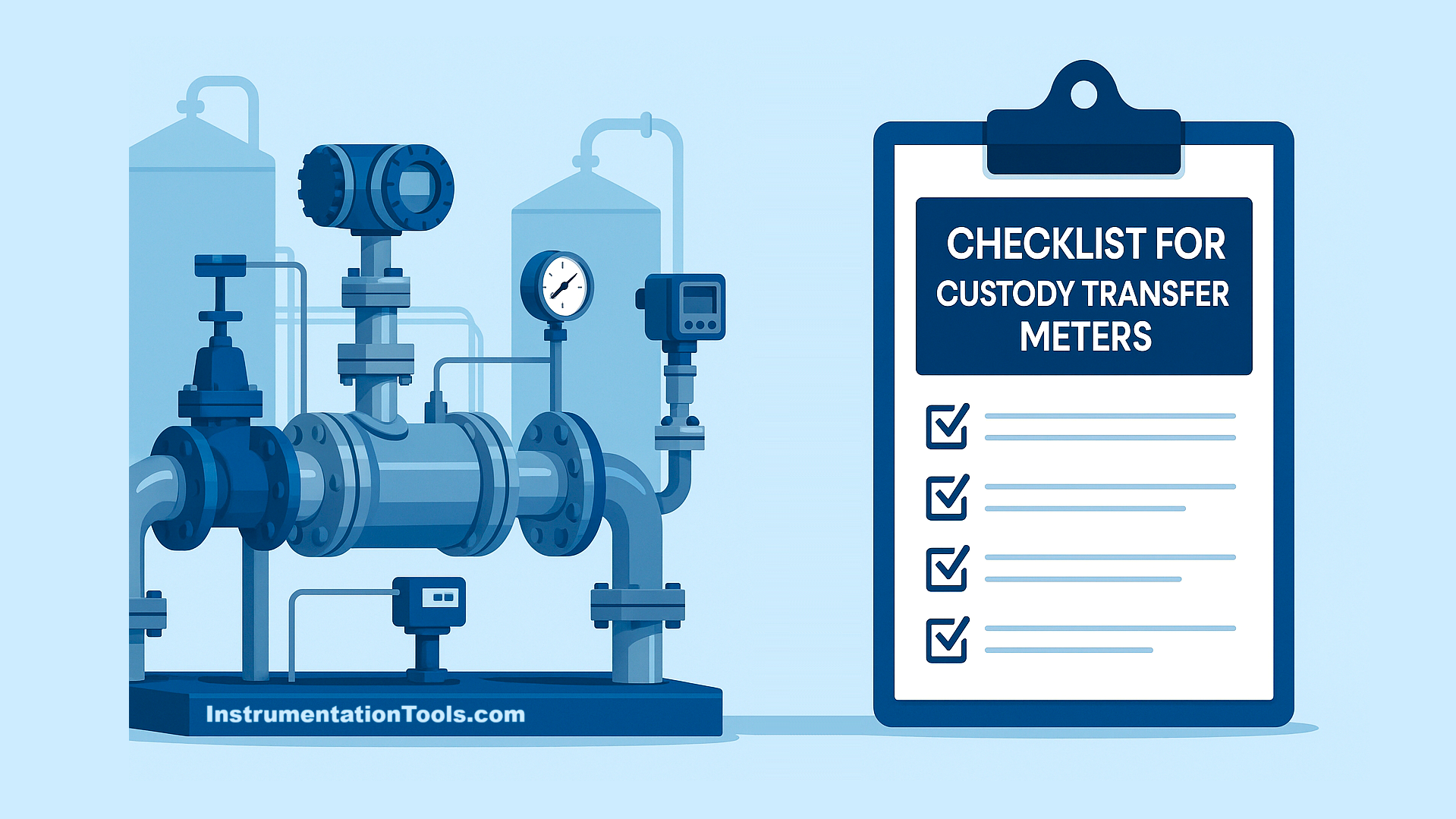
| S.No. | Area | Checklist Item | Status |
|---|---|---|---|
| 1 | Meter & Piping | Verify meter size, pressure rating, material and end connections against approved datasheet/P&ID. | |
| 2 | Meter & Piping | Confirm meter orientation (horizontal/vertical) and installation position per OEM requirement (full pipe, no cavitation). | |
| 3 | Meter & Piping | Check flow direction arrow and ensure meter is not reverse-installed. | |
| 4 | Meter & Piping | Verify required upstream / downstream straight lengths or presence of flow conditioner as per OEM. | |
| 5 | Meter & Piping | Confirm operating flow range and Reynolds number fall within meter turndown limits for custody accuracy. | |
| 6 | Meter & Piping | Inspect reducers/expanders (if used) for correct beta ratio and orientation (eccentric side down/up as applicable). | |
| 7 | Meter & Piping | Check insulation or heat tracing if medium requires temperature control to maintain viscosity/density. | |
| 8 | Skid / Supports / Layout | Ensure skid is provided (where applicable) with lifting lugs, earthing points and proper drainage. | |
| 9 | Skid / Supports / Layout | Verify skid/pipe supports eliminate vibration and mechanical stress on the meter body (no misalignment). | |
| 10 | Skid / Supports / Layout | Check adequate access space for instruments, valves, prover connections and maintenance activities. | |
| 11 | Skid / Supports / Layout | Verify vent and drain points are available and piped to a safe location. | |
| 12 | Filtration & Air Elimination | Confirm strainer is installed upstream of meter with specified mesh size and easy access for cleaning. | |
| 13 | Filtration & Air Elimination | Check air eliminator / deaerator (for liquids) is installed and operational to remove entrained gas. | |
| 14 | Filtration & Air Elimination | Verify DP element provided across strainer; isolation valves and impulse lines are correct. | |
| 15 | Filtration & Air Elimination | Check DP transmitter installation, calibration status and trending in control system (if fitted). | |
| 16 | Filtration & Air Elimination | Ensure any strainer bypass is locked/blinded and seals are intact during custody operation. | |
| 17 | Process & Aux Instrumentation | Pressure transmitter downstream of MFM located at correct tapping and impulse line free of blockage. | |
| 18 | Process & Aux Instrumentation | Temperature element (RTD/Thermocouple) downstream of MFM has proper immersion length/thermowell contact. | |
| 19 | Process & Aux Instrumentation | Impulse lines slope downwards to process or are properly vented/drained; manifolds installed for isolation. | |
| 20 | Process & Aux Instrumentation | Calibration stickers on PT/TT are current; certificates filed and traceable. | |
| 21 | Process & Aux Instrumentation | Local pressure/temperature gauges provided for quick verification of transmitter readings. | |
| 22 | Process & Aux Instrumentation | Verify diagnostics/health indicators on transmitters show normal status (no active faults). | |
| 23 | Density / Sampling / Analyzer | Densitometer installed (if contractually required); location minimizes bubbles/stratification. | |
| 24 | Density / Sampling / Analyzer | Check densitometer calibration date, traceability and integration to flow computer/NOC. | |
| 25 | Density / Sampling / Analyzer | Auto-sampler or manual sample point installed and functional where product quality proving is required. | |
| 26 | Density / Sampling / Analyzer | Sample lines are insulated/heat traced (if handling viscous fluids/crude) to avoid wax/solidification. | |
| 27 | Density / Sampling / Analyzer | Gas chromatograph / water cut meter (if used) installed; outputs wired and scaled correctly in FC. | |
| 28 | Density / Sampling / Analyzer | Analyzer access for maintenance and safe purge/vent arrangements verified. | |
| 29 | Power & Grounding | Critical devices (meter electronics, FC, densitometer) powered through UPS with required autonomy. | |
| 30 | Power & Grounding | UPS alarms wired to control room; breakers and fuses labelled. | |
| 31 | Power & Grounding | Instrument earthing provided; earth resistance measured within site limit (record value). | |
| 32 | Power & Grounding | Bonding jumpers across meter flanges installed where required to prevent static build-up. | |
| 33 | Power & Grounding | Power cables segregated from signal cables; no shared conduits with high-voltage lines. | |
| 34 | Isolation / Bypass / Seals | Upstream/downstream isolation valves installed, operable and leak-free. | |
| 35 | Isolation / Bypass / Seals | Bypass line (if provided) is closed, blinded/locked and sealed during custody operation. | |
| 36 | Isolation / Bypass / Seals | Bleed/drain valves provided for prover connection and safe depressurization. | |
| 37 | Isolation / Bypass / Seals | Mechanical/software seals recorded after any intervention; seal numbers updated in register. | |
| 38 | Isolation / Bypass / Seals | Check valves provided where reverse flow could damage meter or affect proving. | |
| 39 | Hazardous Area & Cabling | Equipment certification (Ex/ATEX/IECEx) matches zone/classification; nameplates legible. | |
| 40 | Hazardous Area & Cabling | Cable glands/barrier glands installed correctly and tightened; sealing compound applied where required. | |
| 41 | Hazardous Area & Cabling | Flow computer and mass flow meter conformity certificates (API 21.1, OIML R117, MID/NMI etc.) are filed and valid. | |
| 42 | Hazardous Area & Cabling | Cable trays routed away from HV, heat sources and sharp edges; bend radius maintained. | |
| 43 | Hazardous Area & Cabling | Junction boxes/panels have adequate IP rating; no water ingress or corrosion. | |
| 44 | Identification & Labelling | All instruments and valves carry permanent tags matching P&ID and asset register. | |
| 45 | Identification & Labelling | Flow direction arrows and line numbers are clearly indicated and visible. | |
| 46 | Identification & Labelling | Safety/warning signs (hot surface, high pressure) installed where needed. | |
| 47 | Identification & Labelling | Nameplates show serial number, model, accuracy class and year of manufacture. | |
| 48 | Configuration Integrity | All configuration parameters loaded exactly as per approved configuration sheet (retain hard/soft copy). | |
| 49 | Configuration Integrity | K-factors/meter factors updated after most recent proving and documented. | |
| 50 | Configuration Integrity | Engineering units, decimal places and rounding rules set correctly. | |
| 51 | Configuration Integrity | Backup of configuration files and firmware stored securely (offline copy). | |
| 52 | Fluid & Base Conditions | Base/dry density, compressibility and other PVT data entered from latest certified lab report. | |
| 53 | Fluid & Base Conditions | Pressure and temperature base conditions match contract/API requirement. | |
| 54 | Fluid & Base Conditions | Procedure exists for updating density/water cut values; change history maintained. | |
| 55 | Fluid & Base Conditions | Water cut / quality limit settings configured where applicable. | |
| 56 | Algorithms & Calculations | Correct flow calculation method selected (AGA-11 / API MPMS, etc.). | |
| 57 | Algorithms & Calculations | No-flow cutoff threshold configured and documented. | |
| 58 | Algorithms & Calculations | Interpolation/extrapolation or averaging methods defined and justified. | |
| 59 | Algorithms & Calculations | Totalizers (mass/volume/energy) reset policy defined and controlled. | |
| 60 | Security (Physical & Cyber) | Physical security switch/jumper on FC/NOC set to secure and sealed. | |
| 61 | Security (Physical & Cyber) | Unique user IDs with role-based permissions configured; default passwords removed. | |
| 62 | Security (Physical & Cyber) | Password complexity/expiry policy implemented; failed login lockout enabled. | |
| 63 | Security (Physical & Cyber) | Change management process followed for any configuration edit; approvals recorded. | |
| 64 | Security (Physical & Cyber) | Anti-virus or whitelisting applied if FC/NOC uses general-purpose OS. | |
| 65 | Communication & Time Sync | Modbus/OPC/Pulse/Analog communication tested end-to-end; no recurrent errors. | |
| 66 | Communication & Time Sync | Polling rate, timeouts and checksum settings optimized; communication logs reviewed. | |
| 67 | Communication & Time Sync | Device clocks synchronized to plant NTP/GPS server; drift monitored and corrected. | |
| 68 | Communication & Time Sync | Timestamps are consistent across FC, NOC and SCADA historians. | |
| 69 | Logs, Audit & Data Handling | Event, alarm and history logs enabled; retention period meets regulatory and contract requirements. | |
| 70 | Logs, Audit & Data Handling | Audit trail records user, time and parameter changed; tested for downloadability. | |
| 71 | Logs, Audit & Data Handling | Procedure exists for periodic extraction/archiving of logs; checksum/CRC validated if applicable. | |
| 72 | Logs, Audit & Data Handling | Daily/shift totalizers stored and protected from overwriting. | |
| 73 | Logs, Audit & Data Handling | Backup/restore procedure of historical data verified. | |
| 74 | Control System / ERP Interfaces | All key variables (flow, PT, TT, DD, water cut) mapped to SCADA/DCS and trending checked. | |
| 75 | Control System / ERP Interfaces | Historical trending interval sufficient for diagnostics and audits. | |
| 76 | Control System / ERP Interfaces | Automatic transfer of totals to SAP PRA/ERP exists and reconciliation performed. | |
| 77 | Control System / ERP Interfaces | Discrepancies between FC totals and ERP/SCADA totals investigated and closed out. | |
| 78 | Control System / ERP Interfaces | Standard daily/monthly reports generated automatically and archived. | |
| 79 | Procedures & Certificates | Approved SOPs/work instructions for calibration, proving and maintenance are available and current. | |
| 80 | Procedures & Certificates | Flow computer and mass flow meter conformity certificates (API 21.1, OIML R117, MID/NMI etc.) filed and valid. |
(Need the complete PDF version with more than 100 lines? You can download a ready-formatted sheet here.)
Using the Checklist Efficiently
- Start dry, finish wet – Verify paperwork (certificates, SOPs) before stepping onto a live skid.
- Walk the flow – Follow the fluid path from upstream block valve to downstream custody flange; it keeps you from missing hidden taps.
- Photograph evidence – A phone photo of a nameplate or seal number beats any written note when disputes arise months later.
- Log as you go – Don’t rely on memory; mark OK / NOT OK on the spot.
- Close the loop – If you mark NOT OK, raise a CMMS work order or MOC action immediately.
Common Pitfalls (and How to Avoid Them)
| Pitfall | Why It Matters | Quick Fix |
|---|---|---|
| UPS batteries expired | A 5-second power dip can zero totals or corrupt logs. | Add quarterly battery-health test in PM plan. |
| Strainer bypass left cracked open | Unfiltered debris can change density and damage meter. | Lock the bypass; include bypass gasket check in pre-start list. |
| Out-of-sync clocks | Mis-aligned timestamps ruin reconciliation and legal evidence. | Force daily NTP sync; audit drift weekly. |
| Dead audit trail | Firmware updates sometimes disable logging. | Re-enable logs after every patch; perform a test change to confirm. |
| Seal register gap | Missing seal numbers open the door for tampering allegations. | Update seal register immediately after maintenance; require supervisor sign-off. |
Wrapping Up
A meticulously completed checklist is more than bureaucracy; it’s your defence in court, your ticket to full payment, and your guide to a reliable metering system. Adopt this list, adjust for local standards, and embed it into your CMMS or e-logbook.
